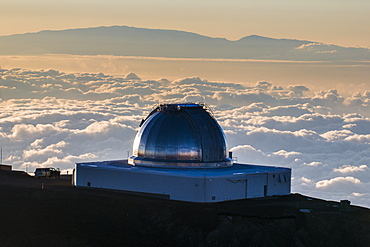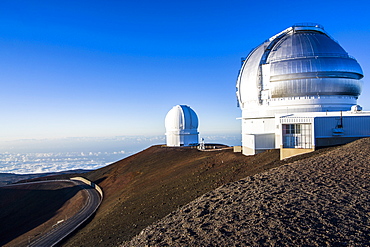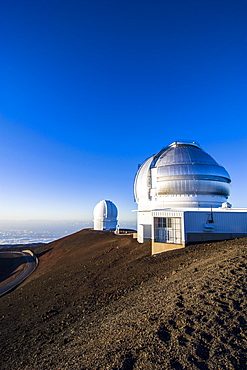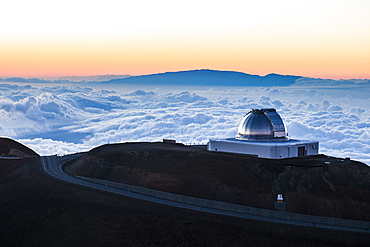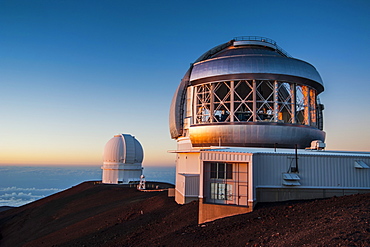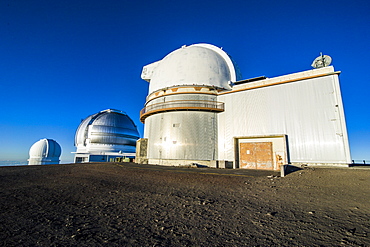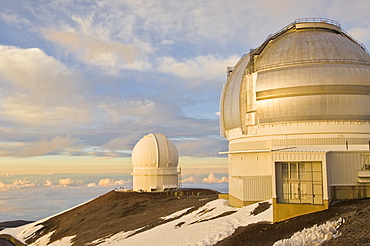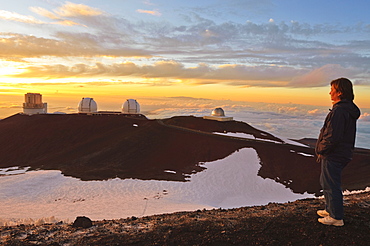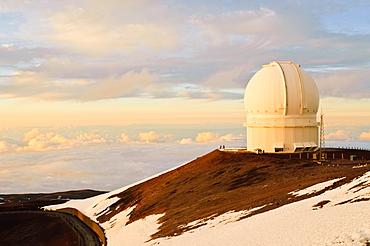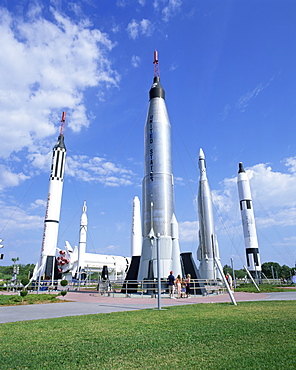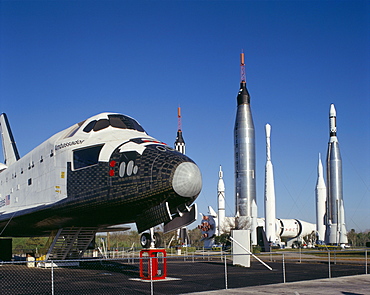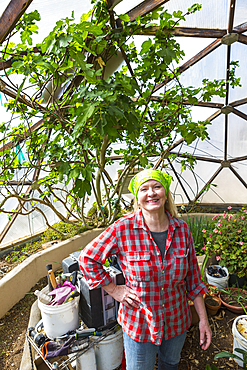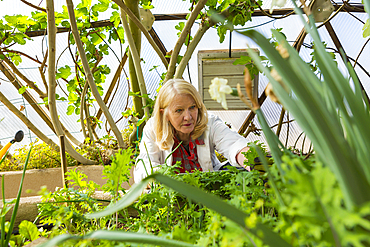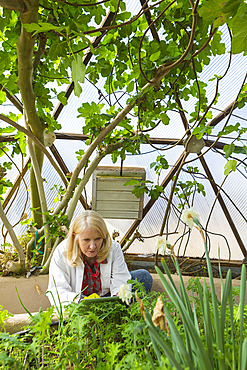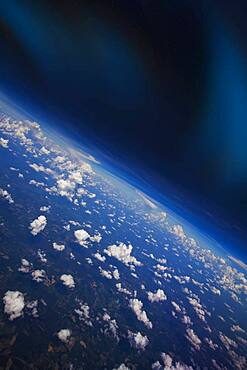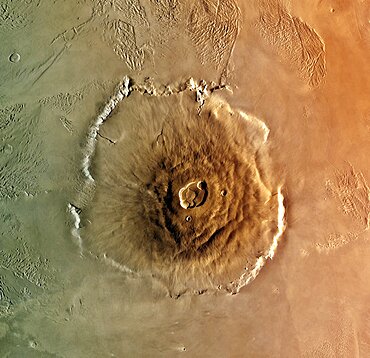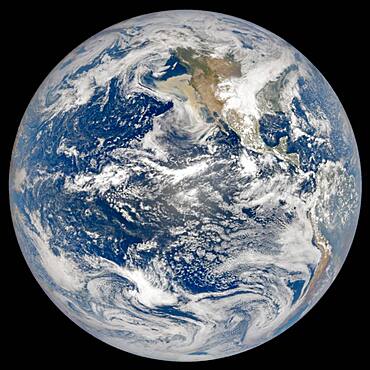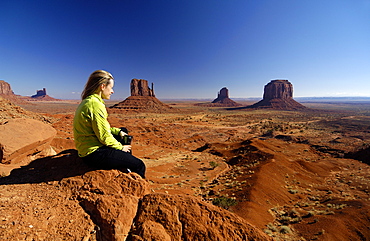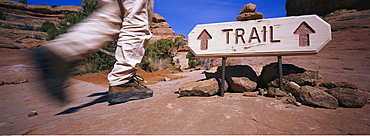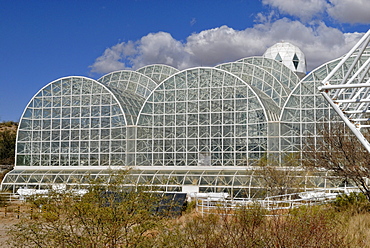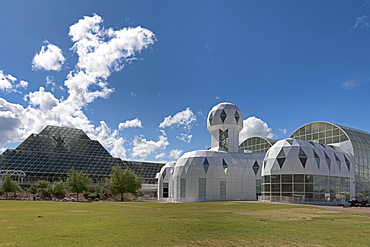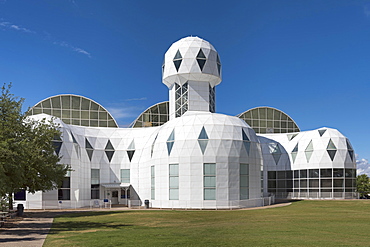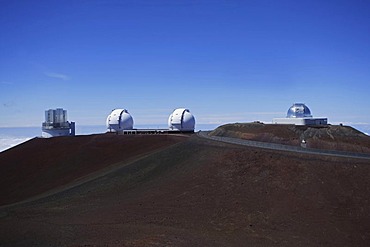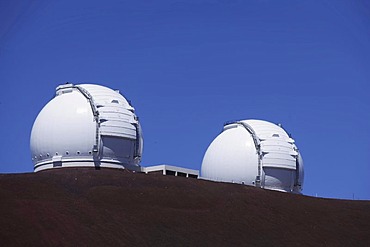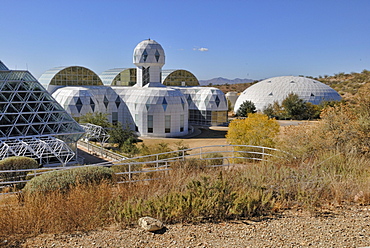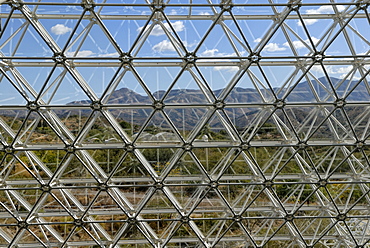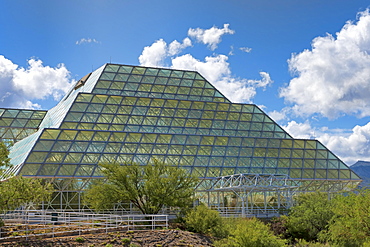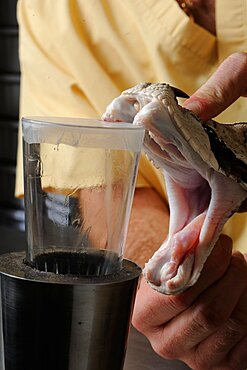Results
15 results found
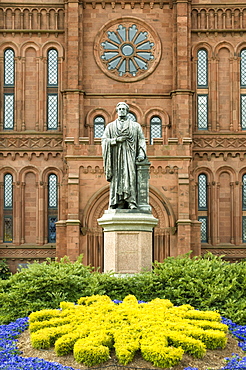
Entrance to the Smithsonian Castle with statue of Joseph Henry outside on the Mall in Washington, D.C., United States of America, North America
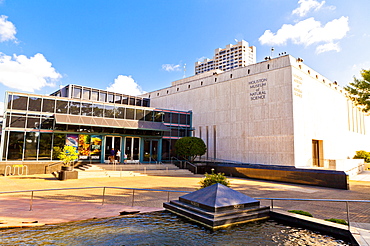
The Houston Museum of Natural Science, Hermann Park, Houston, Texas, United States of America, North America
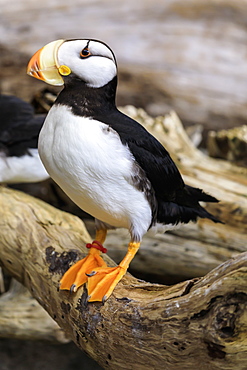
Puffin, Alaska Sealife Centre, Coldwater Marine Science Facility, Seward, Resurrection Bay, Kenai Peninsula, Alaska, United States of America, North America

View of The Field State of the Art Science Museum, Chicago, Illinois, United States of America, North America
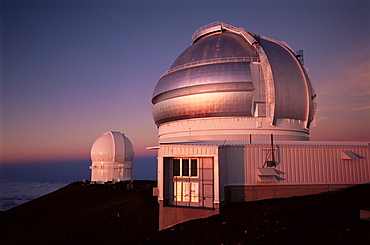
The Observatory, Big Island, Hawaii, Hawaiian islands, United States of America, Pacific, North America
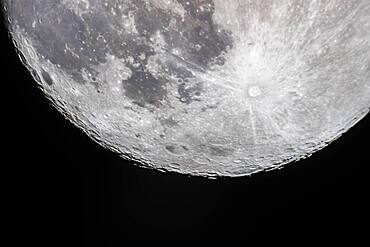
The 13.7-day-old Moon (a day before Full) with the south polar region tipped toward us in a favourable libration for viewing the southern regions and features. This was April 6, 2020. The large crater, Bailly, is on the southern limb, better seen here than at most similar phases, due to the favourable southern libration.
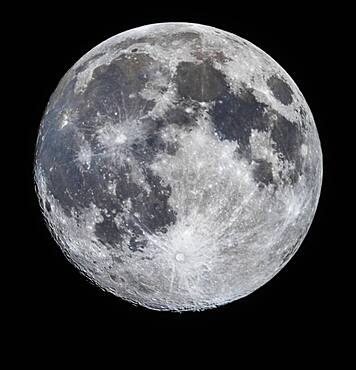
The 13.7-day-old Moon (a day before Full) with the south polar region tipped toward us in a favourable libration for viewing the southern regions and features. This was April 6, 2020. The large crater, Bailly, is on the southern limb, better seen here than at most similar phases, due to the favourable southern libration.

Radio telescope at sunset, satellite dish part of the radio astronomy observatory, Very Large Array, Plains of San Agustin, Socorro, New Mexico, USA

Radio telescope at sunset, satellite dish part of the radio astronomy observatory, Very Large Array, Plains of San Agustin, Socorro, New Mexico, USA

The Robert C Byrd Green Bank Telescope at the National Radio Astronomy Observatory, Green Bank, West Virginia, USA
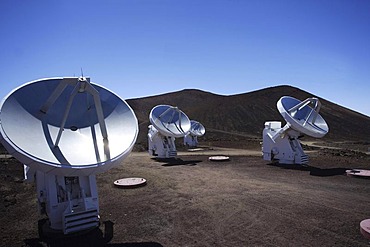
Submillimeter Array, SMA, consisting of eight radio telescopes at a height of 4080m near the summit of the extinct volcano Mauna Kea, Hawaii, USA
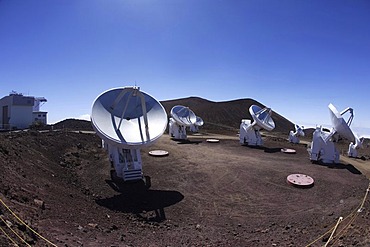
Submillimeter Array, SMA, consisting of eight radio telescopes at a height of 4080m near the summit of the extinct volcano Mauna Kea, Hawaii, USA
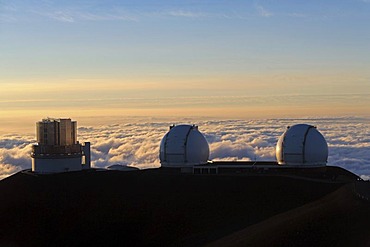
Domes of the Subaru Telescope and the two Keck Telescopes near the summit of the extinct volcano Mauna Kea, Hawaii, USA
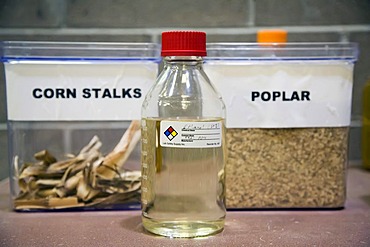
A bottle of ethanol and some of the materials ethanol can be made of at the National Renewable Energy Laboratory, operated by the US Department of Energy, where scientists are developing economical processes for making cellulosic ethanol from non-edible p
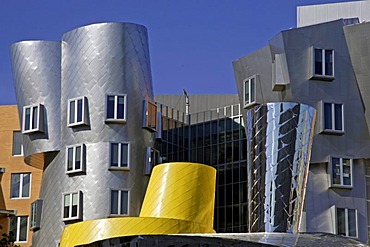
Ray and Maria Stata Center, architect Frank Gehry, MIT, Massachusetts Institute of Technology, Cambridge, New England, USA
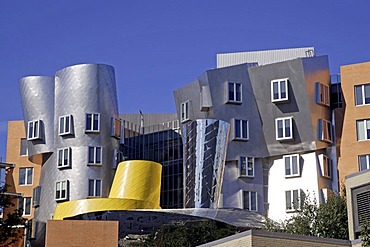
Ray and Maria Stata Center, architect Frank Gehry, MIT, Massachusetts Institute of Technology, Cambridge, New England, USA
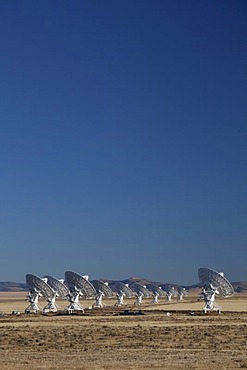
The Very Large Array radio telescope consists of 27 large dish antennas, the facility is part of the National Radio Astronomy Observatory, on the Plains of San Agustin in Datil, western New Mexico, USA
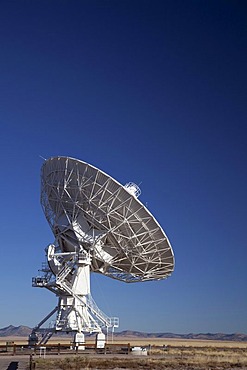
The Very Large Array radio telescope consists of 27 large dish antennas, the facility is part of the National Radio Astronomy Observatory, on the Plains of San Agustin in Datil, western New Mexico, USA
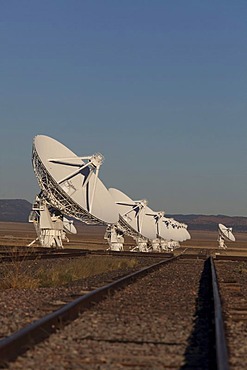
The Very Large Array radio telescope consists of 27 large dish antennas, the facility is part of the National Radio Astronomy Observatory, the tracks enable astronomers to move the antennas to different locations, on the Plains of San Agustin in Datil, we

The Very Large Array radio telescope consists of 27 large dish antennas, the facility is part of the National Radio Astronomy Observatory, on the Plains of San Agustin in Datil, western New Mexico, USA

The Very Large Array radio telescope consists of 27 large dish antennas, the facility is part of the National Radio Astronomy Observatory, on the Plains of San Agustin in Datil, western New Mexico, USA

The Very Large Array radio telescope consists of 27 large dish antennas, the facility is part of the National Radio Astronomy Observatory, on the Plains of San Agustin in Datil, western New Mexico, USA

The Very Large Array radio telescope consists of 27 large dish antennas, the facility is part of the National Radio Astronomy Observatory, on the Plains of San Agustin in Datil, western New Mexico, USA
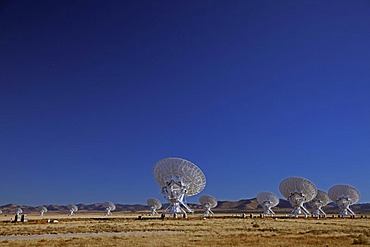
The Very Large Array radio telescope consists of 27 large dish antennas, the facility is part of the National Radio Astronomy Observatory, on the Plains of San Agustin in Datil, western New Mexico, USA
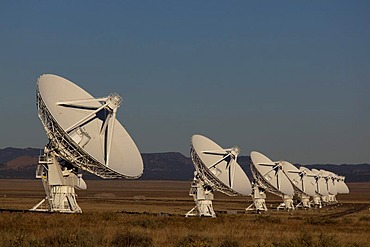
The Very Large Array radio telescope consists of 27 large dish antennas, the facility is part of the National Radio Astronomy Observatory, on the Plains of San Agustin in Datil, western New Mexico, USA
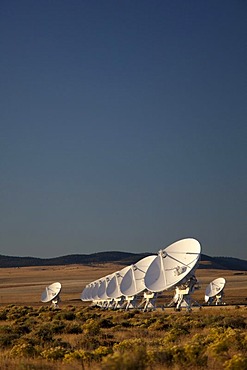
The Very Large Array radio telescope consists of 27 large dish antennas, the facility is part of the National Radio Astronomy Observatory, on the Plains of San Agustin in Datil, western New Mexico, USA
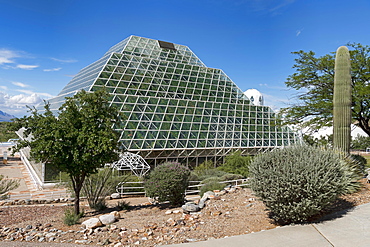
Biosphere 2, self-sustaining ecosystem, cactus in front of facility with tropical rainforest, Oracle, Arizona, USA, North America
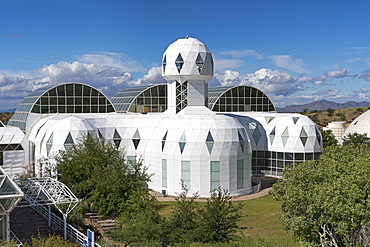
Biosphere 2, self-sustaining ecosystem, lodgings of mission's scientists, Oracle, Arizona, USA, North America

Milky Way above Halema'uma'u crater eruption, Kilauea volcano, Hawai'i Volcanoes National Park, Big Island of Hawai'i, USA, North America
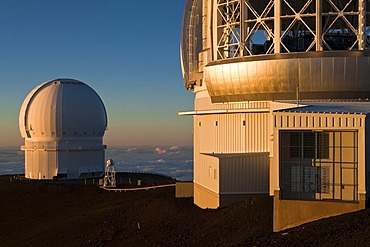
Mauna Kea Observatory on the summit of the Mauna Kea Volcano, 4205m, right the Gemini Observatory, left the Canada-France-Hawaii Telescope, CFHT, Mauna Kea, Hawai'i, USA

Hawaiian temple on the summit of the Mauna Kea Volcano, 4205m, part of the Mauna Kea Observatory on the horizon, Mauna Kea, Hawai'i, USA
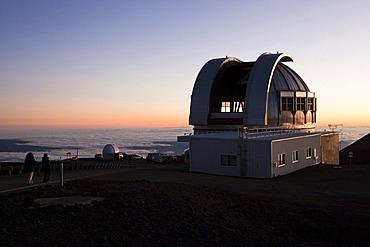
Mauna Kea Observatory on the summit of the Mauna Kea Volcano, 4205m, the United Kingdom Infrared Telescope, Mauna Kea, Hawai'i, USA

The Northern Lights are seen reflecting off Beach Lake on a clear, autumn night with a wooden dock in the foreground, Chugiak, Alaska, United States of America
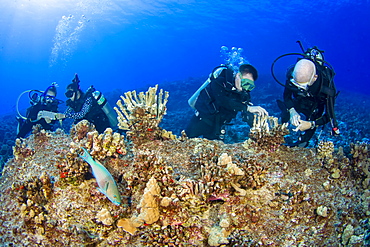
Research divers from the MOC Marine Institute glue broken coral heads back together and map out coral damage at Molokini Marine Preserve off the island of Maui, Hawaii. In the future, data from here will help to determine the health of Hawaii's reefs, Maui, Hawaii, United States of America
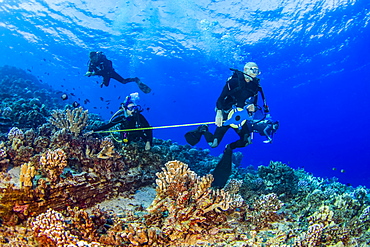
Research divers from the MOC Marine Institute map out coral damage at Molokini Marine Preserve off the island of Maui, Hawaii. In the future, data from here will help to determine the health of Hawaii's reefs, Maui, Hawaii, United States of America
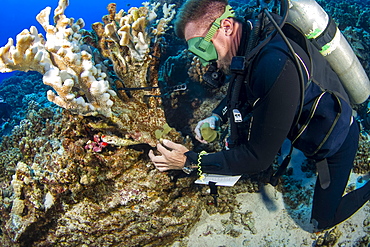
A research diver from the MOC Marine Institute glues broken coral back together at Molokini Marine Preserve off the island of Maui, Hawaii. The coral is tagged and will be monitored, Maui, Hawaii, United States of America
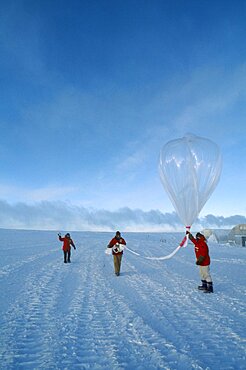
ANTARCTICA South Pole Three figures launching a balloon to measure amounts of ozone in the air at various altitudes. US Amundsen-Scott South Pole Station.
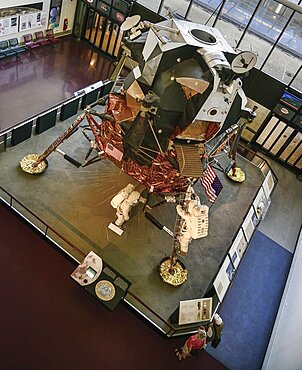
USA, Washington DC, National Mall, National Air and Space Museum, Lunar module with astronaut figures on ground.
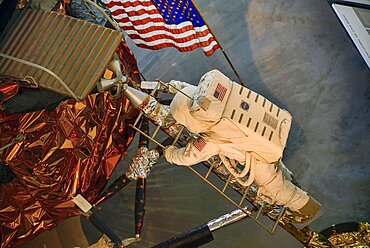
USA, Washington DC, National Mall, National Air and Space Museum, Lunar module with astronaut figure climbing the steps.

A technician at the foot of the station holds a large evacuation sock into which a person is lowered. Once a month, all the staff carry out an emergency evacuation of the station using a ?sock?. The idea is to let yourself slide down a tube of fabric that slows your fall to such an extent that you can even stop yourself by spreading your arms and legs. A technician is waiting for us at the bottom to assist with the last metre of the descent. Concordia Antarctic Research Station, Dome C plateau, East Antarctica.
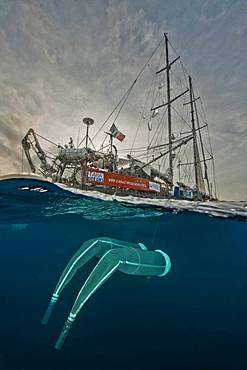
Tara Oceans Expeditions - May 2011. Tara with deployed plancton nets. On "station", the boat is drifting without engine or sails. Tara Oceans, a unique expedition: Tara Oceans is the very first attempt to make a global study of marine plankton, a form of sea life that includes organisms as small as viruses and bacterias, and as big as medusas. Our goal is to better understand planktonic ecosystems by exploring the countless species, learning about interactions among them and with their environment. Marine plankton is the only ecosystem that is almost continuous over the surface of the Earth. Studying plankton is like taking the pulse of our planet. Recently, scientists have discovered the great importance of plankton for the climate: populations of plankton are affected very rapidly by variations in climate. But in turn they can influence the climate by modifying the absorption of carbon. In a context of rapid physico-chemical changes, for example the acidification observed today in the world's oceans, it is urgent to understand and predict the evolution of these particular ecosystems. Finally, plankton is an astonishing way of going back in time ? a prime source of fossils. Over the eons, plankton has created several hundred meters of sediment on the ocean floors. This allows us to go back in time, to the first oceans on Earth, and better understand the history of our biosphere. More than 12 fields of research are involved in the project, which will bring together an international team of oceanographers, ecologists, biologists, geneticists, and physicists from prestigious laboratories headed by Eric Karsenti of the European Molecular Biology Laboratory. Galapagos
